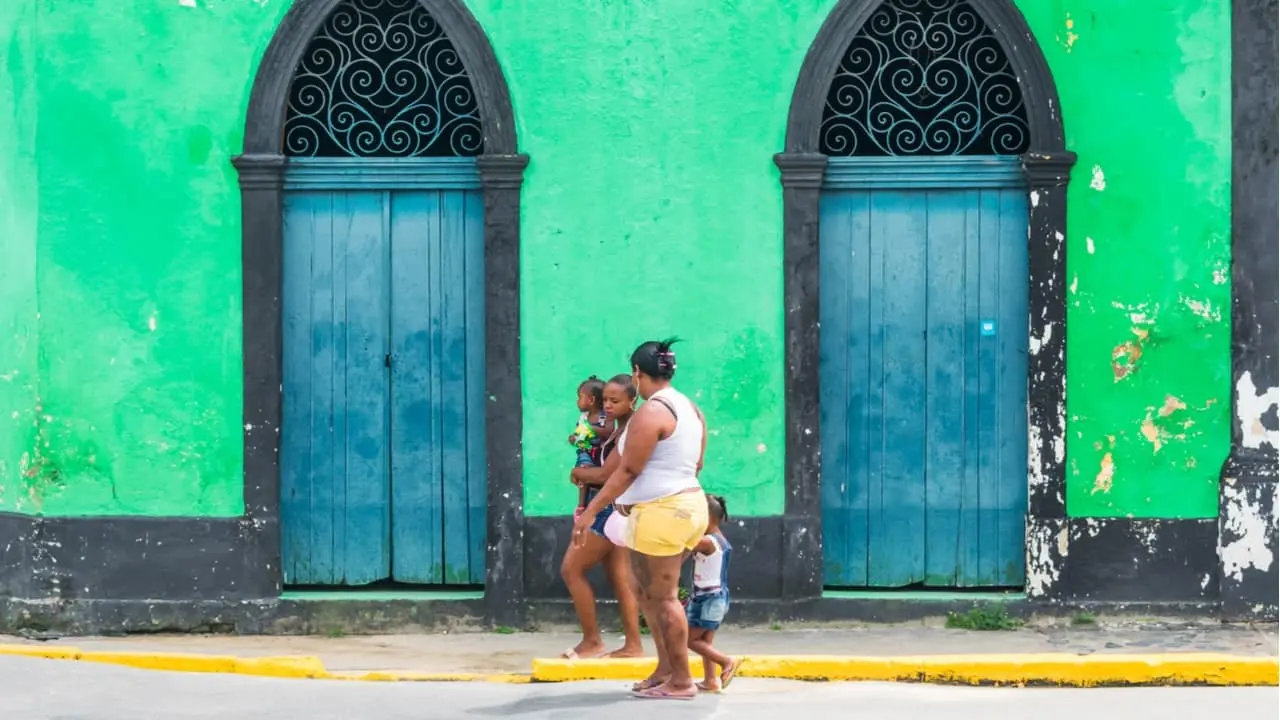Brazil marks the 20th anniversary of its Bolsa Familia program, a globally recognized social welfare initiative.
A special event took place at the Ministry of Social Development to honor the milestone.
The program currently supports 21.5 million low-income families with monthly financial assistance.
Each family receives an average of 688.97 Brazilian reais, which equals around 137 US dollars.
In 2003, during President Luiz Inácio Lula da Silva’s first term, the government launched Bolsa Familia.
The program gives financial aid to needy families, but it has conditions. These families must send their children to school and meet healthcare standards, including vaccination.
From the start, the program had ambitious goals. It aimed to alleviate poverty and instigate societal change.
To do this, it merged various existing benefits into a single, more efficient program.

The first payment cycle took place in October 2003. It helped 1.5 million families. Each family received about 73.67 Brazilian reais, or approximately 14 current US dollars.
Over the years, the program has lifted millions of people out of extreme poverty. It has also gained praise from international organizations, including the United Nations.
Lula spoke at the anniversary celebration. He stressed that fighting poverty is not optional. It’s a responsibility of the government.
Lula emphasized that Brazil must continue efforts to combat hunger and improve social welfare.
Positively Affects Local Economies
Studies back the program’s success. Research by the World Bank shows it positively affects local economies.
It boosts consumption, increases employment, and enhances tax revenues in the areas it serves.
New features keep getting added to the Bolsa Familia program. One such addition is a focus on children’s and adolescents’ well-being.
There are also new benefits that cater to various family structures. For instance, the program recently introduced an extra payment for mothers with infants up to six months old.
Employed families also receive protection. If a family member gains employment and their income rises, they can still remain part of the program.
Specifically, they can keep receiving half of their original benefit amount. This employment clause impacted nearly 2 million families in the month of October alone.

